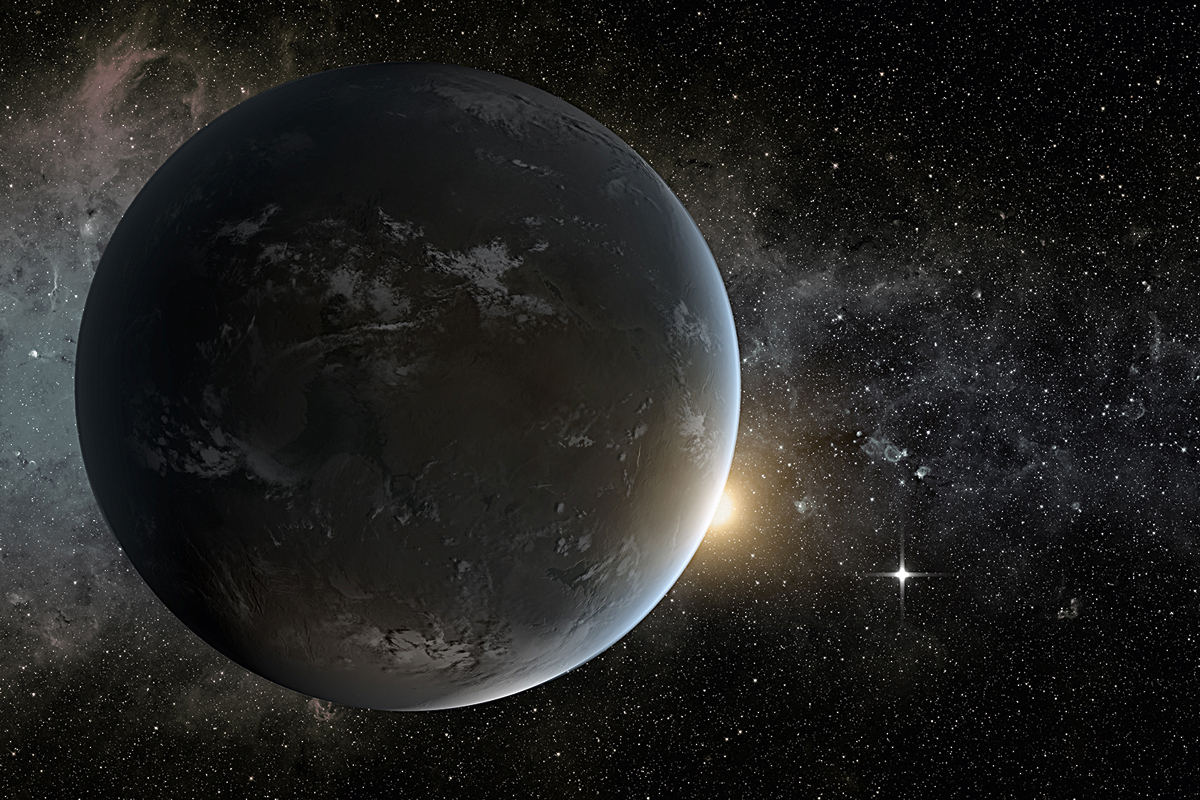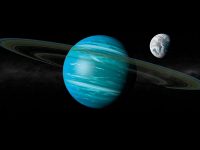

Photo: María Arranz
Our unique planet, the Earth, is one of the most peculiar features of the universe we know, maybe even the most peculiar. In the vastness of the cosmos, where there are billions of galaxies and stars of all sorts, a world like ours is still, as far as current knowledge indicates, absolutely unique. We do not have any other example of a planet whose environmental conditions allowed a great many living organisms to appear and develop. Until very recently, we did not even have evidence of other planets in the universe, apart from the ones in our on solar system. This anomalous exception has been revealed as the norm in many nearby stars in our galaxy, the Milky Way. Since the first worlds were found orbiting other stars in the 1990s, in barely two decades, more than three thousand extrasolar planets have been found. In my opinion, this constitutes one of the most relevant facts in twenty-first century astrophysics, and is one of the fields with the greater future potential.
There are several methods for the detection of exoplanets, two of which I would like to highlight: the first one, known as radial velocities, involves measuring the Doppler shift in the spectral lines of the chosen star. This effect is induced by the orbital movement of the planet around the star. This method has allowed experts to discover many exoplanets, but it is useful only across short distances, a few hundred light years, and the detected planets need to be very close to their mother stars. On the other hand, this can help us to verify candidates found thanks to the other method (transit photometry). The latter is based on observing the decrease in a star’s brightness when a planet passes in front of it, the disadvantage being that it can only be used with planets whose orbits are perfectly aligned with our point of view. It was precisely this detection system that led to the enormous success of space telescopes such as Kepler, specifically dedicated to the search for exoplanets even the size of the Earth.
«The philosophical implications for humankind of finding a planet with evidence of biological activity are enormous»
So finding exoplanets similar to the Earth seems only a matter of time and technology, and astrophysicists think this objective may be achieved in the next decade. The interest in worlds similar to ours goes beyond the purely scientific, since everything suggests that there must be a huge number of them, so the possibility that some of them harbour life is not negligible: the philosophical implications for humankind of finding a planet with evidence of biological activity are enormous.
The most optimistic scientists think that the future giant telescopes of the next decade will help us to discover thousands of new «Earths», while the most cautious ones think there will only be a handful. Whatever the result, there seems to be no doubt that the near future will be very interesting. Will we manage to find «exo-earths»? And, even more importantly, life? Only time will tell if our world is the only exception in the universe or, conversely, it is just another voice in the symphony of the cosmic ocean, as Carl Sagan said.




